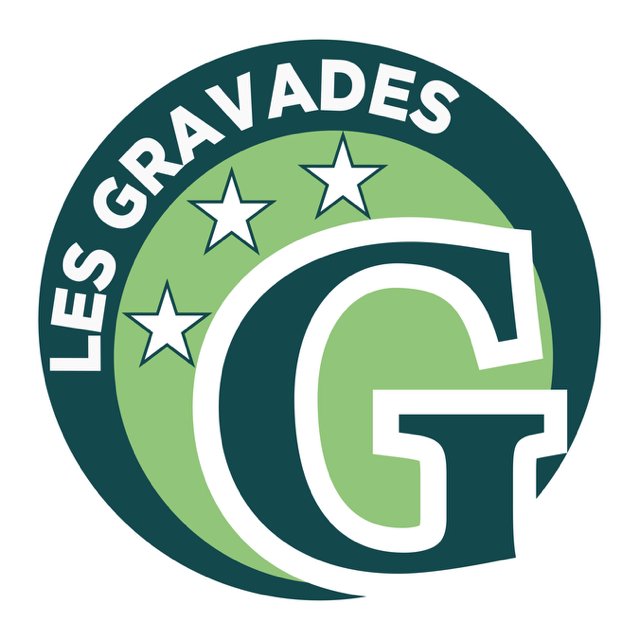Are you bored with swiping left and right endlessly on relationship apps, hoping to find that particular someone? Well, concern not! In 2014, the world of social dating apps was booming, and there were some unbelievable platforms out there for you to meet new individuals and doubtlessly discover love. In this article, we will take a deep dive into the most effective social courting apps of 2014 and discover why they have been so popular among the basic public.
Introduction to Social Dating Apps
In the fast-paced digital age we stay in, assembly new people can be challenging. Traditional strategies of relationship, similar to meeting via friends check here or putting up a dialog at a coffee shop, can usually really feel like a shot in the lifeless of night. This is the place social dating apps are available. These purposes provide a platform for people to attach and work together with potential partners, all from the consolation of their very own properties.
##1. Tinder: The Game-Changer
When it comes to social courting apps, there’s no denying that Tinder took the world by storm in 2014. This app revolutionized the way we date and made swiping left or proper a standard colloquialism. The idea was easy – users had been shown a collection of profiles and had the choice to both swipe left (no) or right (yes) based on their curiosity. If each people swiped proper, it was a match, they usually may start chatting.
Tinder’s success may be attributed to its simplicity and ease of use. The swipe function added an element of gamification to the dating process, making it more exciting and addictive. Furthermore, Tinder grew to become a breeding floor for witty one-liners and intelligent bios, allowing individuals to showcase their character in a couple of brief sentences.
Key Features of Tinder (2014):
- Simple and intuitive consumer interface
- Swipe left or right to indicate interest
- Matches are only made when each parties swipe right
- Ability to chat with matched individuals
- Integration with Facebook to display mutual associates and interests
##2. OkCupid: Find Your Perfect Match
While Tinder dominated the relationship app scene in 2014, OkCupid stood out for its emphasis on compatibility. This platform took a extra in-depth approach to relationship, specializing in matching individuals based on their interests, values, and beliefs. Users have been required to answer a sequence of questions, which helped OkCupid’s algorithm determine potential matches with greater accuracy.
OkCupid’s dedication to discovering suitable partners attracted a more critical and relationship-minded person base. The app offered users with a match proportion, indicating how properly they matched with different individuals. This function helped streamline the courting course of, allowing users to prioritize potential matches that shared similar values and beliefs.
Key Features of OkCupid (2014):
- In-depth consumer profiles with detailed information
- Compatibility-based matching algorithm
- Match proportion for each potential match
- Ability to answer questions to improve match accuracy
- Option to browse profiles based mostly on particular criteria
##3. Bumble: Empowering Women in Dating
Bumble was one other popular social courting app in 2014, providing a refreshing twist to the standard courting dynamic. The app’s unique feature was that only ladies have been allowed to provoke conversations after a match was made. This approach was designed to handle the problem of unsolicited messages and give women extra control over their relationship expertise.
Bumble rapidly gained reputation amongst women who appreciated the empowered and safer surroundings it provided. Its user-friendly interface and dedication to fostering meaningful connections made it a go-to platform for those looking for genuine relationships.
Key Features of Bumble (2014):
- Women have the power to provoke conversations
- Matches expire after 24 hours if no conversation is started
- User-friendly interface with a concentrate on consumer safety
- Integration with Spotify for music preferences
- Option to include badges on profiles to showcase interests
##4. Hinge: Your Matchmaker Friend
Unlike other social dating apps that targeted solely on superficial attraction, Hinge aimed to create deeper connections by leveraging customers’ current social networks. The app used Facebook connections and mutual associates to curate potential matches, rising the chances of meeting somebody inside a user’s social circle.
Hinge prioritized meaningful conversations over casual encounters, encouraging customers to interact with one another’s profiles and provoke conversations primarily based on shared pursuits. The app additionally applied distinctive prompts and inquiries to spark creativity and supply more insight into customers’ personalities.
Key Features of Hinge (2014):
- Utilized Facebook connections and mutual friends for matches
- Curated potential matches based on shared interests and values
- Prompts and inquiries to encourage significant conversations
- Option to love and touch upon specific profile elements
- Integration with Instagram to display additional photos and information
##5. Coffee Meets Bagel: Quality over Quantity
In a courting market saturated with infinite swiping and superficial connections, Coffee Meets Bagel aimed to face out by focusing on high quality over quantity. The app provided users with a restricted number of carefully curated matches, generally known as "bagels," every single day. This method inspired users to take their time and make investments their energy into significant conversations with their matches.
Coffee Meets Bagel also introduced the concept of "beans," a forex system that allowed users to unlock additional options and profiles. This added a way of exclusivity and control to the courting experience, making it extra pleasant and tailor-made to customers’ preferences.
Key Features of Coffee Meets Bagel (2014):
- Limited number of curated matches (bagels) every day
- In-app foreign money system (beans) to unlock additional features
- Emphasis on high quality conversations and meaningful connections
- Ability to discover mutual friends on Facebook
- Option to play games and take icebreaker quizzes with matches
Conclusion
2014 was a landmark year for social courting apps, with platforms like Tinder, OkCupid, Bumble, Hinge, and Coffee Meets Bagel revolutionizing the means in which we join with potential companions. Whether you had been on the lookout for casual encounters or a critical relationship, these apps offered a various range of options to cater to different preferences.
While Tinder’s innovative swipe function took the world by storm, other apps like OkCupid, Bumble, Hinge, and Coffee Meets Bagel provided unique approaches to reinforce the relationship experience. They centered on compatibility, empowerment, meaningful connections, and high quality matches, respectively.
In the ever-evolving landscape of relationship apps, it is crucial to stay updated with the newest developments and offerings. But let’s not forget the influence of those groundbreaking social relationship apps that emerged in 2014, setting the stage for the future of online courting.
FAQ
-
What were a variety of the best social dating apps in 2014?
- In 2014, a number of the finest social dating apps had been Tinder, OkCupid, Hinge, Bumble, and Coffee Meets Bagel. These apps gained recognition because of their user-friendly interfaces, wide person bases, and efficient matchmaking algorithms.
-
How did Tinder turn into top-of-the-line social dating apps in 2014?
- Tinder gained reputation in 2014 due to its easy swipe-based matching system. Users could simply flick thru profiles and swipe proper for potential matches or left to move. This innovative method to online relationship made it handy and thrilling, resulting in its recognition as probably the greatest social relationship apps in 2014.
-
Why was OkCupid thought-about one of the best social dating apps in 2014?
- OkCupid stood out as probably the greatest social courting apps in 2014 because of its in depth matching algorithm and personalised questionnaire. The app considered users’ responses to varied questions and determined compatibility primarily based on shared pursuits, values, and beliefs. This give consideration to compatibility and deeper connections made OkCupid a popular selection amongst users.
-
What made Hinge stand out as one of the best social dating apps in 2014?
- Hinge gained popularity in 2014 for its unique concept of connecting users via mutual friends and shared social circles. This allowed users to have a way of familiarity and belief with their potential matches. Hinge’s give attention to significant connections and real-life interactions made it stand out amongst different dating apps.
-
How did Bumble turn out to be probably the greatest social courting apps in 2014?
- Bumble gained recognition as probably the greatest social dating apps in 2014 because of its distinctive approach towards empowering ladies within the online dating world. In heterosexual matches, solely girls have been allowed to provoke conversations, offering them with higher control and reducing the potential for unwanted messages. This strategy resonated with customers and contributed to Bumble’s success in 2014.
-
What features made Coffee Meets Bagel probably the greatest social dating apps in 2014?
- Coffee Meets Bagel stood out as top-of-the-line social relationship apps in 2014 because of its emphasis on high quality over amount. The app delivered a restricted variety of curated matches, referred to as "bagels," to customers daily. This method discouraged mindless swiping and targeted on meaningful connections. Additionally, the app offered ice-breaker questions for easier conversations, enhancing the user experience.
-
Were there any other noteworthy social relationship apps in 2014?
- Alongside the aforementioned apps, different noteworthy social courting apps in 2014 included Zoosk, Match.com, and Grindr. Zoosk gained recognition for its behavioral matchmaking system, whereas Match.com continued to be in style due to its intensive person base. Grindr, then again, catered specifically to the LGBTQ+ community, providing them with a dedicated platform for dating and social connections.


